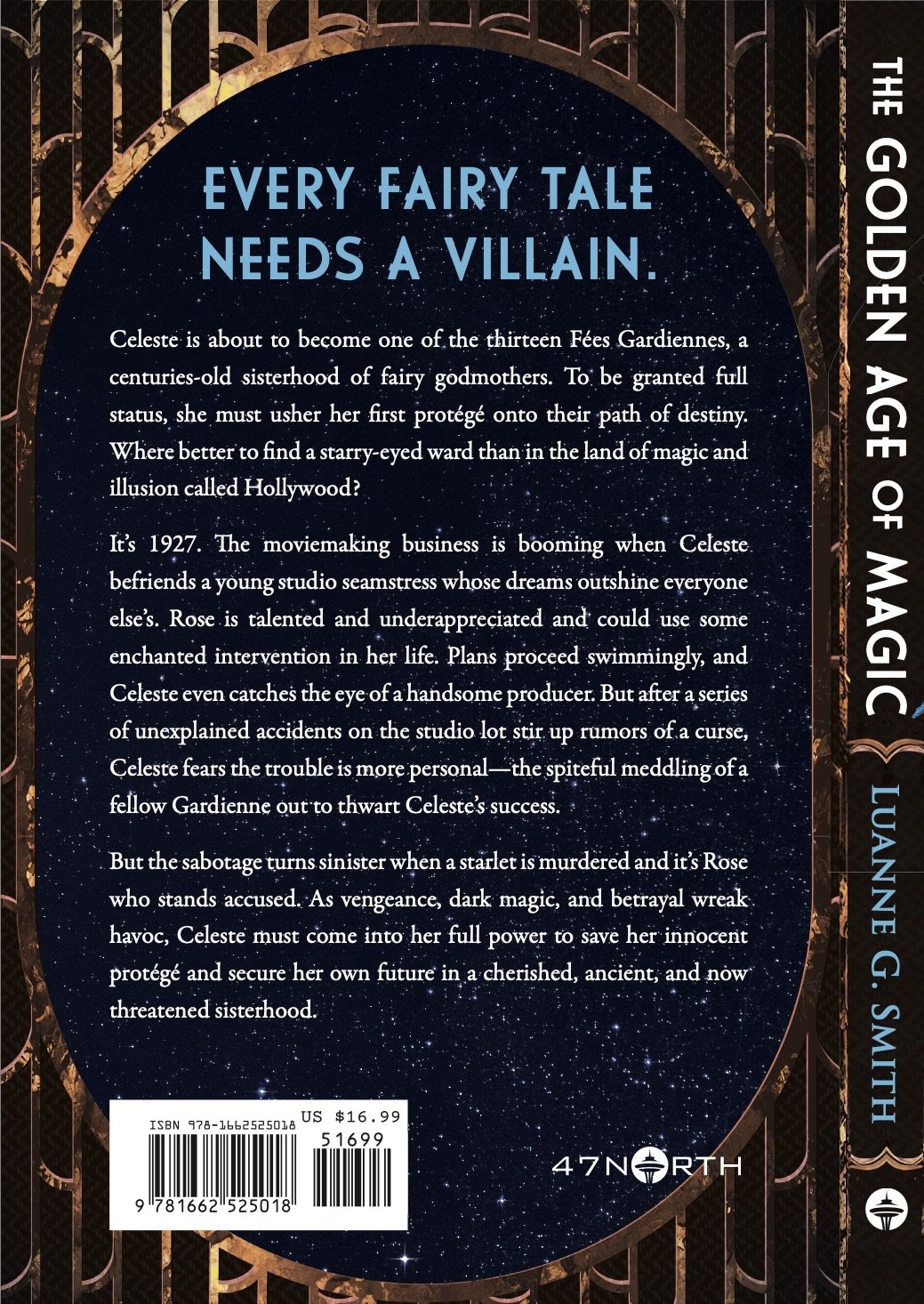My upcoming novel, The Golden Age of Magic, plays with the trope of fairy godmothers. In The Annotated Brothers Grimm by Maria Tatar, the Sleeping Beauty tale mentions thirteen Wise Women who were invited to the christening of Princess Aurora, the king’s daughter. It’s that line that kicked off the idea for the story. In that tale, they are called Wise Women, a term that conjures images of healers, midwives, and herb workers tucked away in a cottage deep in the woods. A sisterhood of women who were bestowers of the magical gifts of health and good fortune.
We also know that one of the thirteen has a less than stellar reputation in the kingdom after cursing the child and leaving her for dead. If not for the intervention of the final Wise Woman who had one last gift to give, the king’s child would have been doomed. Instead, the Wise Woman chose to temper the curse with the prospect of sleep.
At some point in time, the Wise Women in the tale were reimagined as fairy godmothers, but I always liked the more rustic idea of a group of women who lived in the woods brewing their elixirs and studying their magic somewhere on the outskirts of the kingdom. Minding their own business until called upon for a favor. But kingdoms fall. Wars break out. Time marches on. So what happened to the women in the woods, who’d come to be known as fairy godmothers, once the world they’d been created in no longer existed?
Imagining that the sisterhood of thirteen continued through to the twentieth century posed a fun question for me. What would they do in the age of airplanes and automobiles, movie theaters and skyscrapers? What would happen if one was sent to Hollywood in 1927? Well, in the novel they’re not stuck in the woods anymore. Just like any other modern woman, they’re exploring their freedom in the roaring twenties. Maybe a little more so since, you know, magic.
Art by Louis Icart





